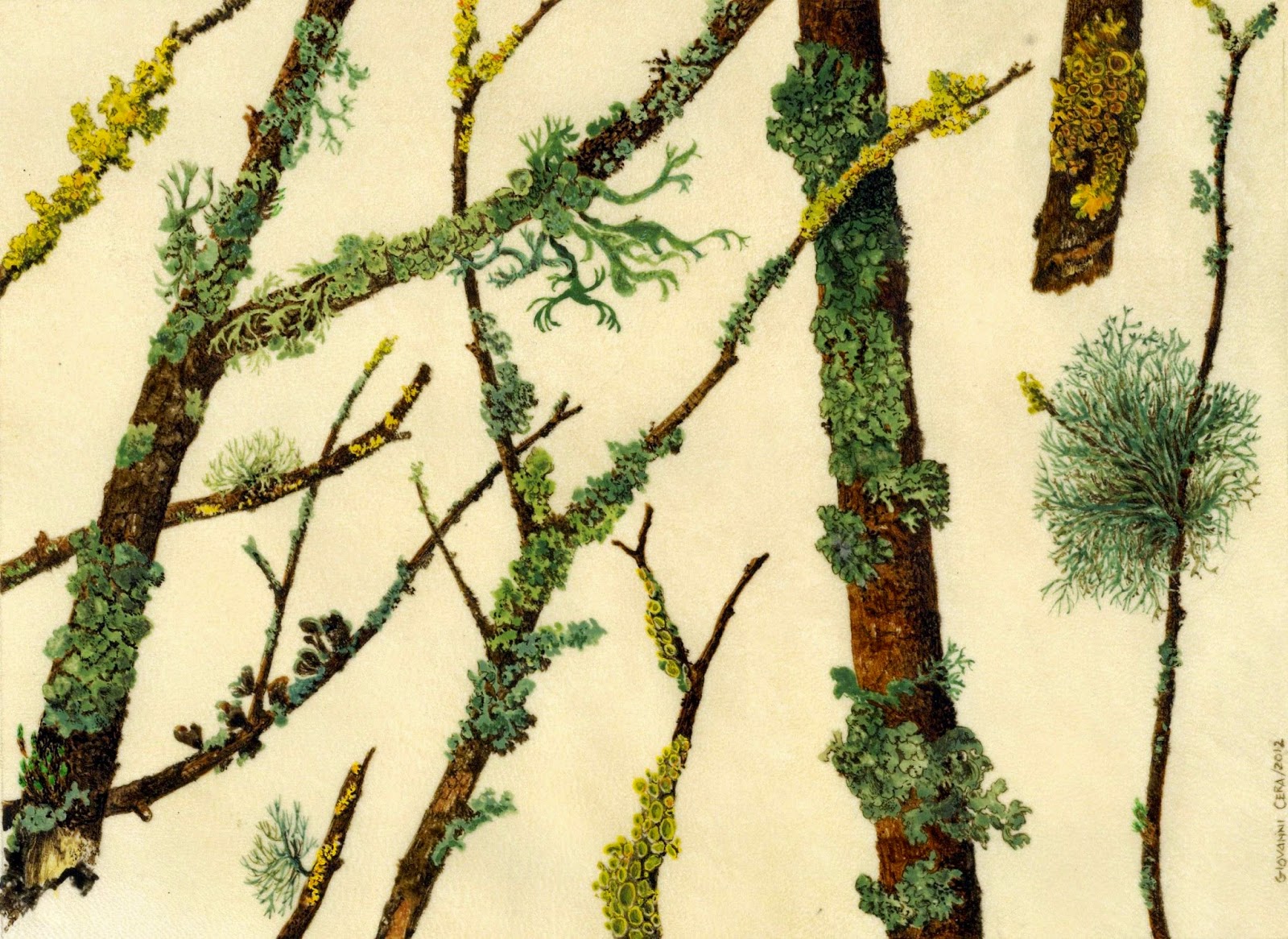January. Lemons
The tree of lemons entered Europe near southern Italy no later than the first century AD, during the time of Ancient Rome. However, they were not widely cultivated. They were later introduced to Persia and then to Iraq and Egypt around 700 AD. The lemon was first recorded in literature in a 10th-century Arabic treatise on farming, and was also used as an ornamental plant in early Islamic gardens. It was distributed widely throughout the Arab world and the Mediterranean region between 1000 and 1150. The first substantial cultivation of lemons in Europe began in Genoa in the middle of the 15th century. The lemon was later introduced to the Americas in 1493 when Christopher Columbus brought lemon seeds to Hispaniola
on his voyages. Spanish conquest throughout the New World helped spread
lemon seeds. It was mainly used as an ornamental plant and for
medicine. In the 19th century, lemons were increasingly planted in Florida and California. (from Wikipeda)
 |
| (in the sketchbook) |
Lemon juice, rind, and zest are used in a wide variety of foods and drinks. Lemon juice is used to make lemonade, soft drinks, and cocktails. It is used in marinades for fish and meat.
Lemon juice is also used as a short-term preservative on certain foods that tend to oxidize and turn brown after being sliced (enzymatic browning), such as apples, bananas, and avocados, where its acid denatures the enzymes.
Lemon juice and rind are used to make marmalade and lemon liqueur. Lemon slices and lemon rind are used as a garnish for food and drinks. Lemon zest, the grated outer rind of the fruit, is used to add flavor to baked goods, puddings, rice, and other dishes. (from Wikipeda)
 |
| (in the sketchbook) |



















